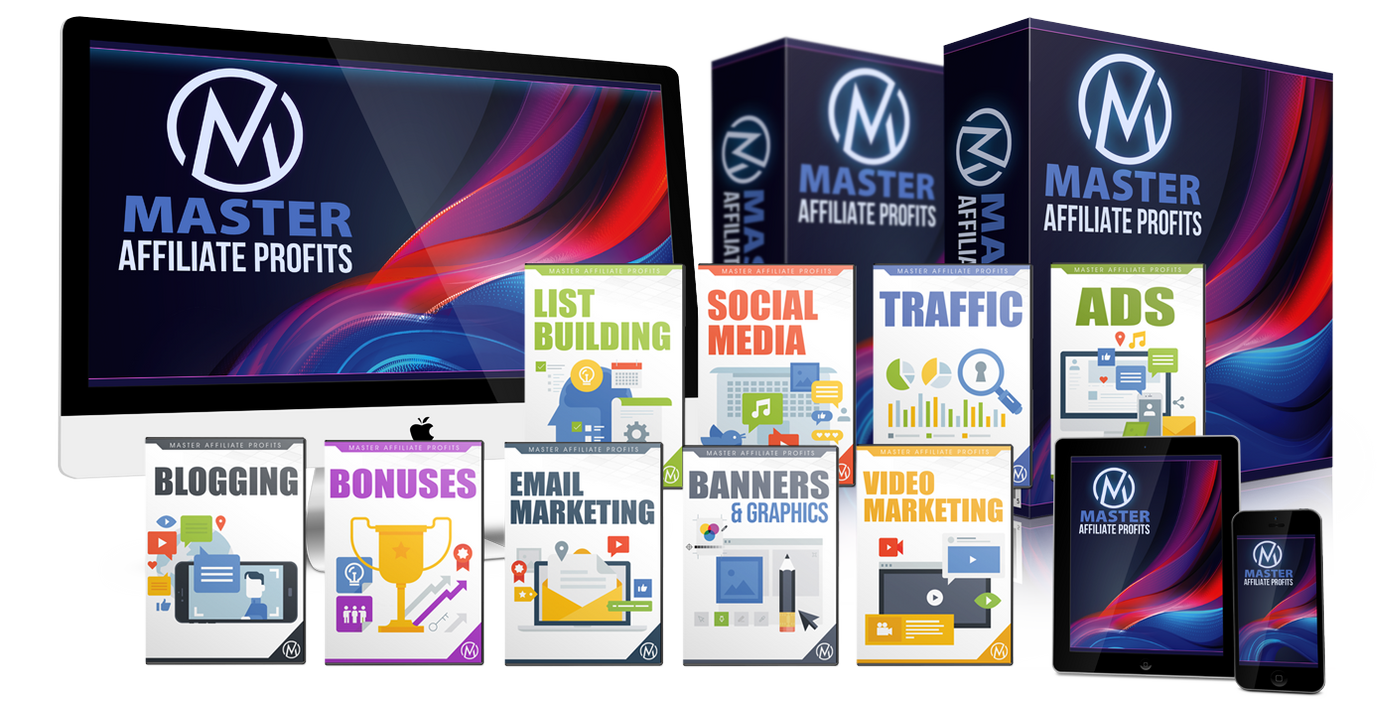Revitalize Your Sales: Proven Tactics to Combat Affiliate Link Fatigue
By Duncan Whitmore
The phenomenon known as link fatigue can be a silent killer for affiliate marketers. It occurs when your audience becomes desensitized to affiliate links, diminishing their effectiveness over time.
In a market saturated with content and constant promotional messages, keeping your audience engaged and responsive is paramount.
So today we will look into some proven tactics that affiliate marketers can employ to combat link fatigue and enhance their conversion rates.
Understanding Affiliate Link Fatigue
Before exploring the tactics, it’s essential for us to understand what affiliate link fatigue really is.
Basically, link fatigue happens when your audience starts ignoring links because they feel overwhelmed, skeptical, or simply exhausted by continuous promotions.
It’s akin to banner blindness in the world of display advertising; when users see too much of the same thing plastered over one or more pages, they start to tune it out.
This phenomenon can greatly affect your bottom line, as it results in lower click-through and conversion rates.
Thus, as an affiliate marketer, it becomes crucial to implement strategies that not only engage your audience but also provide value beyond just pushing affiliate products.
1. Diversify Your Content
One of the best ways to mitigate link fatigue is to diversify the types of content you produce. Don’t limit yourself to just product reviews and promotional posts. Instead, consider incorporating a variety of content formats.
This could include:
- Educational Blog Posts: Write guides or how-tos that naturally fit your affiliate products into the narrative. For instance, if you’re promoting fitness gear, consider writing a blog post on “10 Effective Home Workouts” where you discuss related gear.
- Videos and Webinars: Video content has exploded in popularity and can create a deeper connection with your audience. Showcase the product in action or provide a thorough demonstration in your webinars.
- Infographics: Visual representations of information can be highly shareable and attract views without feeling overly promotional. Use them to summarize key benefits of your affiliate products.
- Case Studies or Testimonials: Show real-life examples of how your audience has benefited from products you promote. Stories resonate better than simple sales pitches.
By mixing it up, you keep your audience engaged and lessen the impact of link fatigue.
2. Create a Strong Call-to-Action
Effective calls-to-action (CTAs) are essential in capturing your audience's attention and driving clicks. Consider alternatives to standard phrases like "Click here." Instead, focus on creating urgency and value in your CTAs.
For example:
- "Unlock 20% Off Your Next Purchase Now — Explore the Latest Collection!"
- "Discover the Secret to Better Sleep — Find Out How!"
- "Join Our Exclusive Community — Transform Your Health Journey Today!"
These compelling CTAs not only create a sense of urgency but also inform the audience about what they will gain by clicking through.
3. Use Strategic Placement of Links
Where you place your affiliate links can significantly impact your audience’s willingness to engage. Positioning links within the natural flow of your content, rather than relegating them to a separate section, can make them feel more integrated and less intrusive.
- In-Line Links: This involves embedding affiliate links within the text. For example, instead of saying, “For workout gear, check out [Brand]’s website,” you could write, “If you’re looking for high-quality workout gear, [Brand] offers some of the best options on the market.”
- Contextual Linking: Ensure that links are contextually relevant. For instance, when discussing a particular function of a product, link directly to that product, reinforcing its relevance.
- Use Buttons or Banners Sparingly: While buttons can be visually appealing, overusing them can lead to a cluttered look. Use them strategically for high-impact areas and ensure they match the overall aesthetic of your site.
4. Leverage Email Marketing
Email marketing is possibly the most powerful avenue for affiliate marketers to keep their audience engaged without overwhelming them.
Here's how:
- Segment Your List: Different segments of your audience might have varying interests or needs. Tailoring your affiliate offers to specific groups can drive better results. For instance, if someone has clicked on links related to kitchen appliances in the past, personalized emails featuring new kitchen gadgets would be more effective.
- Send Educational Content: Use your emails to provide valuable information, not just promotions. Techniques like sharing tips or insights alongside affiliate links encourage click-through without feeling forced.
- Limit Promotional Emails: Avoid bombarding your audience with promotional campaigns. Develop a balanced schedule that includes informational content along with promotional offers, allowing your audience to look forward to your emails instead of dreading them.

5. Foster a Community
Creating a sense of community among your audience can be hugely beneficial. When users feel part of a community, they are more likely to engage with shared content.
- Utilize Social Media: Encourage discussions on platforms like Facebook, Instagram, or X (Twitter). Regularly post affiliate-related content but focus more on engaging topics or industry news to foster interaction.
- Create a Forum or Group: Building a space where your audience can share experiences or seek advice can be very engaging. It also presents an opportunity for affiliate promotions organically through discussions when relevant.
- Encourage User-Generated Content: Prompt your audience to share their experiences with the products you promote. User-generated content acts as social proof and can effectively enhance trust while drawing in others to explore the same products.
6. Monitor Performance and Adapt
Affiliate marketing isn’t a set-it-and-forget-it endeavor. It’s crucial for you to regularly analyze your content and the performance of your affiliate links.
- Track Click-Through Rates (CTR): Pay attention to which links are being clicked and which aren’t. If certain products are consistently underperforming, consider offering alternatives or reworking how you present them.
- A/B Testing: Experimentation is key in finding what resonates with your audience. Test different placements, link formats, CTAs, and content types to see what yields the best engagement.
- Feedback Loops: Don’t be afraid to ask your audience what they enjoy or want to see more of. Providing a platform for feedback fosters engagement and helps you refine your offerings.
Conclusion
Reducing affiliate link fatigue is a continuous process that demands creativity and strategic thinking.
By diversifying your content, crafting compelling calls-to-action, smartly placing links, leveraging email marketing, fostering community, and consistently monitoring performance, you can not only retain your audience's attention but actively encourage them to engage with your affiliate offerings.
Remember, the goal of affiliate marketing is not merely to sell, but to build trust and provide value — something that will keep your audience coming back for more.
* * * * *




